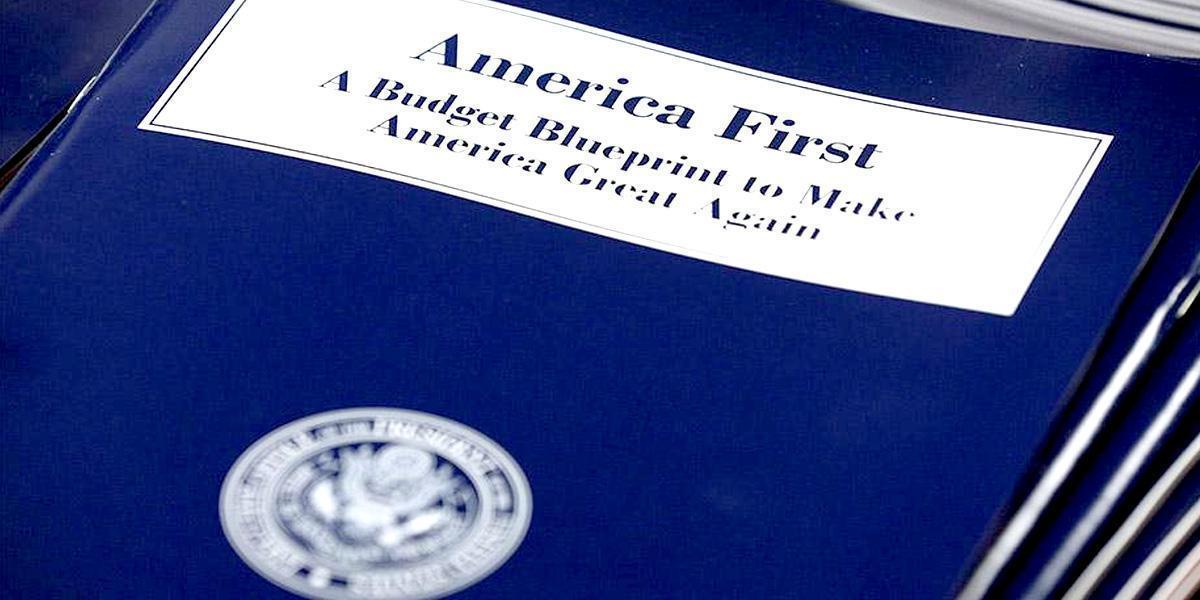

The U.S. Environmental Protection Agency (EPA) budget will still be slashed by nearly a third, from $8.2 billion to $5.65 billion, under President Trump‘s fiscal 2018 budget proposal released Tuesday.
The EPA, which has long been targeted by the Trump administration, is the hardest hit federal agency under the new plan. Opponents say it “endangers Americans” and cripples an institution charged with protecting their health and safety.
As detailed by the National Association of Clean Air Agencies, notable components of the anticipated budget include a 30 percent cut in federal grants to state and local air pollution control agencies; a 39 percent cut in EPA’s Science and Technology budget; a 35 percent cut in EPA’s Environmental Program and Management budget (the agency’s overall operating budget); and the elimination of funding several regional programs, including restoration of the Chesapeake Bay, Great Lakes and Puget Sound.
The Washington Post noted that “dozens of other programs also would be zeroed out entirely, including funding for radon detection, lead risk reduction, projects along the U.S.-Mexico border and environmental justice initiatives.” Additionally, less money will be allocated to enforcement of environmental crimes and climate change research.
Significantly, the budget proposes deep cuts to the EPA’s Superfund program despite EPA Administrator Scott Pruitt previously saying he does not support cutting the program and listing it as one of his priorities.
The proposed budget was widely criticized by environmental groups.
“President Trump’s proposed budget is economically irresponsible and environmentally disastrous,” Ken Berlin, president and CEO of The Climate Reality Project, said. “The budget claims to consider ‘America First,’ but in fact does the opposite. It endangers Americans by eviscerating the Environmental Protection Agency, crippling the institution charged with protecting their health and safety.”
Compared to the EPA, the Interior Department budget faces a smaller shave with a 11 percent cut. However, the proposal also includes measures to boost federal revenue from the oil and gas industry, most notably the sale of federal drilling leases in the 19-million acre Arctic National Wildlife Refuge.
350.org policy director Jason Kowalski rebuked the White House’s budget plan for prioritizing the interests of the fossil fuel industry.
“This latest budget starves the Environmental Protection Agency while stuffing the faces of fossil fuel billionaires,” he said. “The American people overwhelmingly support government investments in renewable energy and environmental protections, while opposing the new coal, oil and gas extraction this budget aims to open up.
Trump’s overall budget plan is seemingly hobbling federal agencies focusing on science, conservation and innovation. For instance, the Department of Energy’s Office of Energy Efficiency and Renewable Energy seeing a potential 70 percent drop.
“We were disappointed to see the administration’s proposal to slash programs that promote American-made clean energy.” Abigail Ross Hopper, president and CEO of the Solar Energy Industries Association (SEIA), said.
“Clean energy research programs have been priorities of both Republican and Democratic administrations and Congresses and the investments have paid off many times over,” Hopper added. “We look forward to working with Congress as it drafts a budget that supports important clean energy programs that create American jobs, advance innovation and stimulate billions of dollars in private investment.”
Furthermore, according to the Center for Biological Diversity, the Trump budget cuts the U.S. Fish & Wildlife Service’s Cooperative Endangered Species Conservation Fund by $34 million, a 64 percent reduction. The fund allows state and federal partners to recover species listed under the Endangered Species Act. The budget also reduces funding for foreign endangered species like elephants, rhinoceros and tigers by 19 percent, and reduces the funding for the listing program by 17 percent, even though 500 plants and animals are still waiting for consideration for protection.
“The Endangered Species Act is the world’s foremost law for saving species, but Trump wants to gut funding to recover imperiled wildlife from the brink of extinction,” said Brett Hartl, government affairs director at the Center for Biological Diversity. “Trump squanders tens of millions in taxpayer dollars flying down to Mar-a-Lago to play golf every weekend, yet spending a similar amount to protect and recover our most endangered species is simply too much.”
Meanwhile, the budget proposes an additional $1.6 billion to build 80 new miles of a wall along the southern border. According to a Center for Biological Diversity study, Trump’s wall would threaten at least 93 endangered and threatened species, including jaguars, ocelots and Mexican gray wolves.

 233k
233k  41k
41k  Subscribe
Subscribe 
